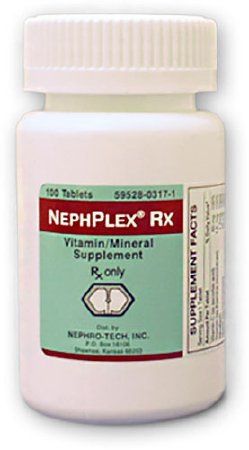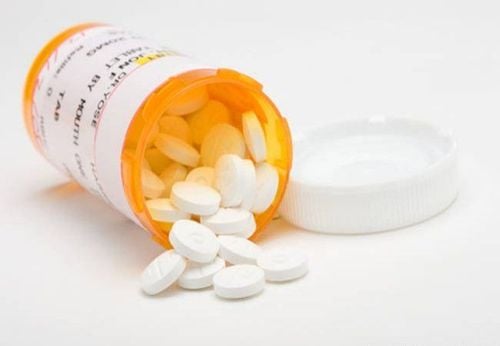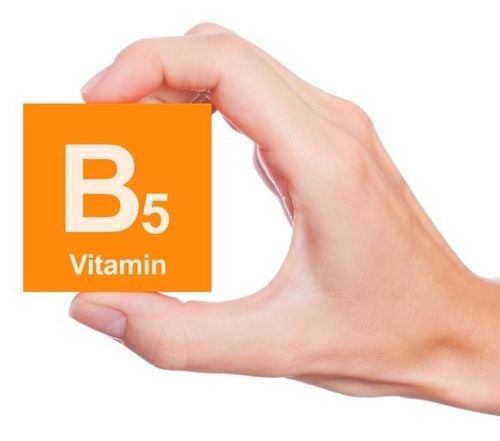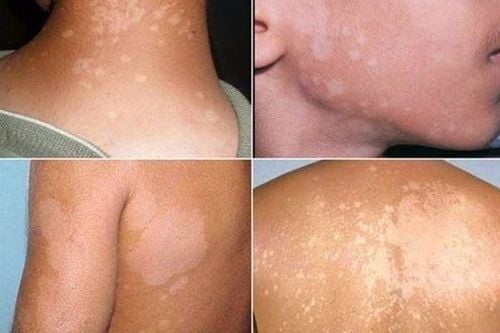This is an automatically translated article.
Pellagra disease is usually known when the disease has appeared symptoms outside the patient's body. At this point, the patient must come to the doctor for a diagnosis and for appropriate treatment to be applied.
1. What is Pellagra?
Pellagra is caused by a diet lacking in niacin or tryptophan or both and an imbalance of amino acids. Especially in people on a completely corn-based diet.
Causes of Pellagra :
Eat whole, unprocessed corn or sorghum. Eat only corn and sorghum without any other grains. Absorption disorders of the digestive organs due to lack of vitamin PP and other B vitamins such as B1, B2, B6. Many women want to lose weight after giving birth, eating a diet made entirely of vegetables is also easy to cause disease. Poor absorption of nutrients. Eating an imbalance of amino acids can affect the body's ability to synthesize niacin. Anorexia nervosa. Prolonged diarrhea. Due to the use of some drugs that affect the metabolism and absorption of vitamin PP. Due to malignancy. In addition, pellagra is also seen in heavy drinkers. Under the influence of sunlight, pellagra develops.
2. Vitamin PP

Thiếu Vitamin PP do rối loạn chức năng hấp thụ của hệ tiêu hoá có thể gây bệnh Pellagra
Vitamin PP (or nicotinamide) is a nutritional drug belonging to group B vitamins. Found in many foods such as yeast, meat, fish, milk, eggs, green vegetables and cereal grains; however, a small amount of this vitamin in cereals exists in a poorly absorbed form. Vitamin PP has a vital role in metabolic reactions such as: cellular respiration, glycogenolysis, lipid metabolism. Therefore, if vitamin PP is deficient, it will cause many disorders with manifestations such as loss of appetite, weakness, irritability, glossitis, stomatitis, dermatitis, especially open skin areas such as: limbs; diarrhea, mental confusion (in severe Pellagra).
Consequences of Vitamin PP deficiency: when the diet is deficient (cereals, a diet lacking in protein can lead to a deficiency of vitamin PP in the body) or in cases of increased demand for vitamin PP such as: hyperthyroidism, diabetes, cirrhosis, during pregnancy and lactation... it may be necessary to supplement with nicotinamide.
Besides, people with pellagra disease (this disease is caused by vitamin PP deficiency such as inadequate diet, treatment with anti-tuberculosis drug isoniazid, or decreased conversion of tryptophan to nicotinic acid in Hartnup's disease, or tumor) malignancy)... need to use vitamin PP for treatment.

Vitamin PP có nhiều trong một số loại thực phẩm được sử dụng hằng ngày
3. Typical clinical symptoms
Pellagra is characterized by the "3-D" triad: dermatitis (dermatitis), diarrhea (diarrhea) and memory loss (dementia).
Early stage: Gastrointestinal manifestations are the most common prodromal symptoms before skin manifestations appear. Patients may have digestive disorders, loss of appetite, diarrhea...
Skin lesions appear in the summer, then there are outbreaks of disease or seasonal recurrence.
Skin changes are the most characteristic manifestations of the disease, the most common locations are areas exposed to sunlight or areas of extensive rubbing. The initial presentation is usually erythema on the back of the hand with itching and burning sensation, symmetrical lesions and slightly edematous skin.
In some patients, blisters appear after several days of erythema, lesions coalesce into vesicles and then rupture. In other cases, dry brown scales appear.
2nd stage: Skin lesions become hard, dry, brittle, brownish in color. The epidermis of the fingers is thickened and the folds are erased. Painful cracks in the palms and fingers.
As the severe phase lasts, the patient's skin becomes harder, drier, more fragile, and on the skin is covered with a blackish scab due to hemorrhage.
Common sites of lesions are on the face, neck, back of the hands and feet. Other sites are less common.
Back of hand is the most common location; Lesions can spread to the forearm and give a "glove"-like appearance in pellagra.
In the legs, lesions from the instep to the lower leg, the heel area is usually not injured. Anteriorly, the lesion extends to the toe or the top of the big toe. The front and back of the lower leg may also be affected, creating a "boots" image.
On the face the lesion is symmetrical.The lesion spreads from the lateral border of the nose to the entire nose, forehead, cheeks, chin, and lips. and rarely spreads to eyelids and ears, butterfly-like appearance in systemic lupus erythematosus may occur.
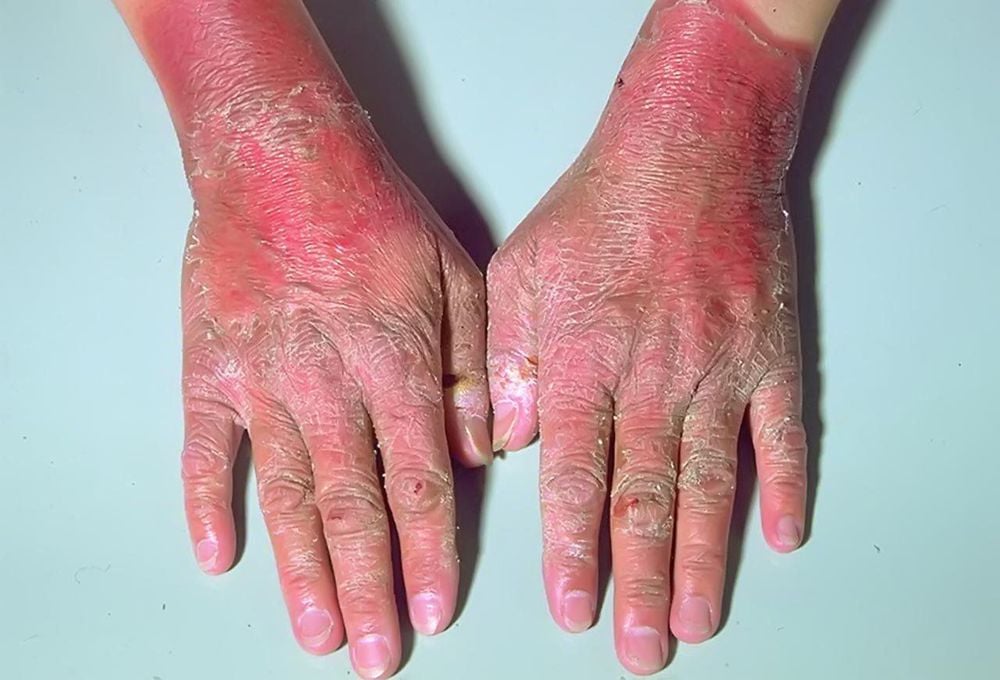
Hình ảnh bàn tay của người bị bệnh pellagra
On the forehead there is always a narrow margin of healthy skin between the erythema and the hair. The face is usually only mildly damaged. Facial lesions never appear alone, but are often accompanied by lesions in the hands or elsewhere.
Other common sites are shoulders, elbows, arms and knees.
The disease can cause inflammation of the vulva, vagina called vulvovaginitis, vaginal pellagra, and lesions around the anus and scrotum.
Psychiatric disorders: Mental and physical fatigue, dizziness, pain in nerves, visual disturbances, blurred vision, cold facial expression, memory loss or unreasonably sad, mental retardation . The pellagra triad: if symptoms worsen, the patient may experience hypothermia, paralysis, and pellagra depression. Sometimes the patient has a high fever, causing the body to collapse, which can lead to death.
4. Atypical clinical symptoms
Erythema pellagra : Skin symptoms are mainly accompanied by few gastrointestinal and neurological symptoms. Benign progression is common in the elderly. This form can turn into true pellagra. Unspecified form: Common in children with vitamin deficiency or pregnant women or with impaired liver function, digestive disorders. Some cases appear after mental trauma, after surgery.
5. Diagnosis of disease
Diagnosis of the disease can be based on testing for reduced niacin metabolites in the urine and pathology
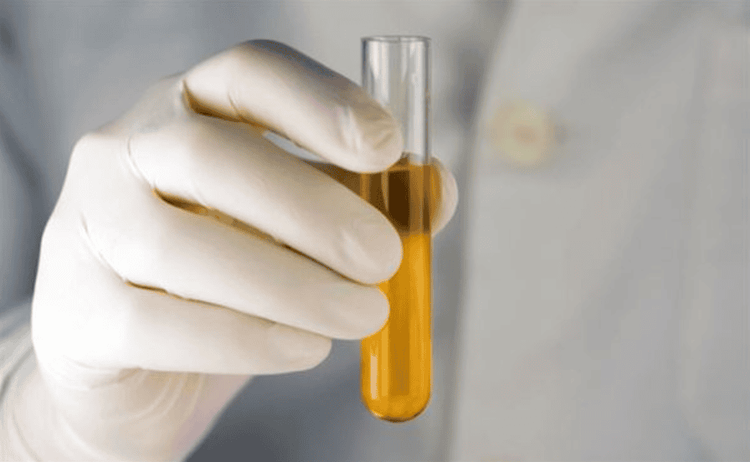
Xét nghiệm niacin trong nước tiểu giúp bác sĩ chẩn đoán bệnh lý pellagra
6. Treatment of Pellagra . Dermatitis
Specific treatment is oral niacinamide (also known as vitamin PP). For adults: adults can supplement about 10-20mg/day. For children: children (male gender) from 14 to 18 years old: dose is about 16mg/day. Children (female gender) from 14 to 18 years old: the dose is only about 14mg/day. A diet rich in vitamins (especially other B vitamins) and high-energy protein is necessary. Apply sunscreen: zinc cream. Exfoliating drug: salicylic 5%.
7. Lifestyle suitable for Pellagra
Should eat different grains, avoid eating only two grains, corn and sorghum. The diet should be accompanied by meat, fish, and substances with the most vitamins, especially B vitamins, to restore health. regular health, detect some related diseases. Do not drink a lot of alcohol Protect and apply sunscreen before going outdoors.
Please dial HOTLINE for more information or register for an appointment HERE. Download MyVinmec app to make appointments faster and to manage your bookings easily.





